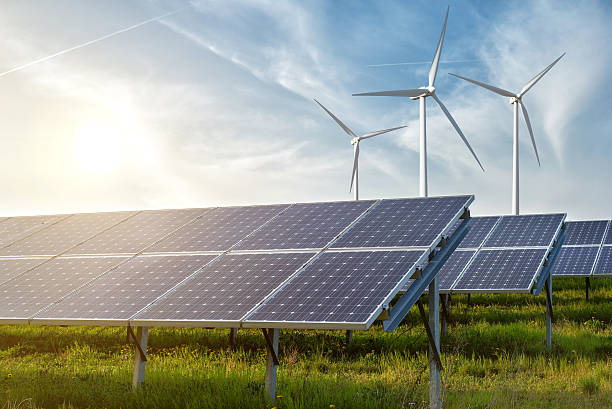
FAQ About Clean Energy
Clean Energy
2 years ago | gizem
What is the cost comparison between clean energy and traditional fossil fuels?
The cost comparison between clean energy and traditional fossil fuels varies depending on several factors, including the region, the specific clean energy technology, the type of fossil fuel, and the level of government subsidies or incentives. Generally, the cost competitiveness of clean energy sources has been improving over the years due to technological advancements and economies of scale. Here are some key points to consider regarding the cost comparison:
- Solar Energy: The cost of solar photovoltaic (PV) panels has significantly decreased, making solar energy increasingly competitive with traditional fossil fuels in many regions. In some locations with abundant sunlight and supportive policies, solar energy is already cost-competitive with fossil fuel-based electricity.
- Wind Energy: Onshore wind energy has become one of the most cost-effective forms of electricity generation in many areas, particularly in regions with strong and consistent wind resources. Offshore wind, while more expensive, has also seen cost reductions as technology improves.
- Hydropower: Conventional hydropower is generally cost-competitive with traditional fossil fuels. However, the cost of building new large dams and hydroelectric plants can be high and can face environmental and social considerations.
- Geothermal Energy: Geothermal energy is economically competitive in regions with significant geothermal resources, as it provides a stable and reliable energy supply.
- Biomass Energy: The cost of biomass energy depends on the availability and cost of feedstock. In some cases, biomass can be cost-competitive with fossil fuels, particularly in areas with abundant agricultural or forest residues.
- Nuclear Energy: Nuclear energy can be cost-competitive with fossil fuels once the power plant is operational. However, the upfront costs of building and licensing nuclear power plants can be substantial.
- Coal and Natural Gas: Historically, fossil fuels like coal and natural gas have been cheaper sources of energy. However, as the costs of clean energy technologies continue to decline, there are instances where renewable energy has become cheaper than new fossil fuel power plants.
- Externalities: It's important to consider external costs when comparing clean energy with fossil fuels. Fossil fuels impose significant environmental and health costs, such as air pollution, water contamination, and climate change impacts. These costs are not always reflected in the market price of fossil fuels.
- Subsidies and Policies: Government subsidies, incentives, and policies can influence the cost comparison between clean energy and fossil fuels. Subsidies for fossil fuels can artificially lower their market price, making it more challenging for clean energy sources to compete on cost alone.
